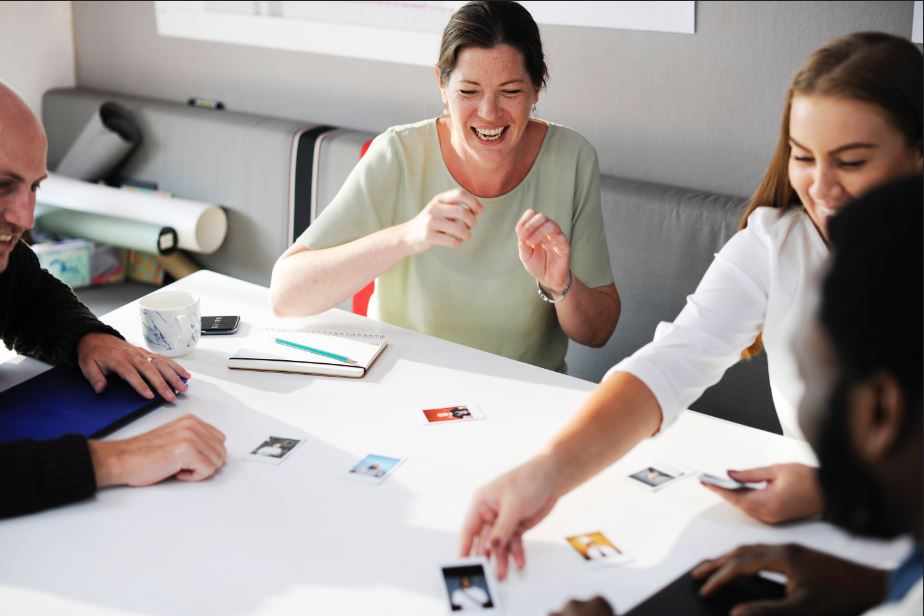Categories:
Tags:
As we said in another of our articles, the digital reader is more intensive: they read an average of 16 books per year and they buy more titles than the traditional reader. In collaborative reading, the user makes use of the Internet and the social networks to look up information about their interests and to share them in turn. Because of that, the question—as José Cordón García emphasizes in his book Polisemias visuales—is the following: “How can reading and critical thinking capacities be promoted by using the Internet?”
Since the network brought along with it the so-called crowdsourcing (without whose contribution it would be impossible to imagine the work of enterprises nowadays) the open contribution of knowledges in the network has brought along with it a lot of advantages not exempt from responsibilities. Like the free content website Wikipedia (the most paradigmatic example of crowdsourcing) needs to be validated and edited by users, libraries require a collaborative reading portal/website where its users share the acquired information. A digital library in which, without the need of shifting, timetables or impositions, every user/reader/employee has the possibility of sharing the contents and knowledges that they consider adequate. This way, a very positive feedback for the libraries is established, with visible changes in a very short period of time.
However, without this participatory behavior (that shares, reacts, and comments) all these knowledges—now available for everybody thanks to the Internet—stay anchored and static in the web. It is necessary to overcome this feedback that is at a standstill in the social networks to generate a multidirectional communication, a crowdreading that can only be feasible if we have the adequate tools available. The solution is a digital library in collaboration with an integrated book club that combines all the needs and innovations that our generation requires.

As a consequence of the technological revolution, thousands of opportunities open up with the objective of innovating in the e-content sector. It is no wonder, for example, that every year more and more conferences and trade shows bound to blur the future of the industry take place. Some of the more renowned at an international level are: ALA Annual, TLA Annual Conference or PLA Conference.
But all these contents, these speeches of experts, do not make sense if we do not have websites of collaborative reading available that allow us to establish communications, not only bidirectional but also multidirectional. In the 2.0 era, the binomial author/reader cannot exist anymore: we all can contribute with our ideas and knowledges, enriching this way the collective imaginary and the intercultural society. At a content level, it is not only a technological contribution or advantage, but also a value which, for the moment, is transcribed as differentiating but which, as time goes by, will become indispensable.
A. Sánchez
